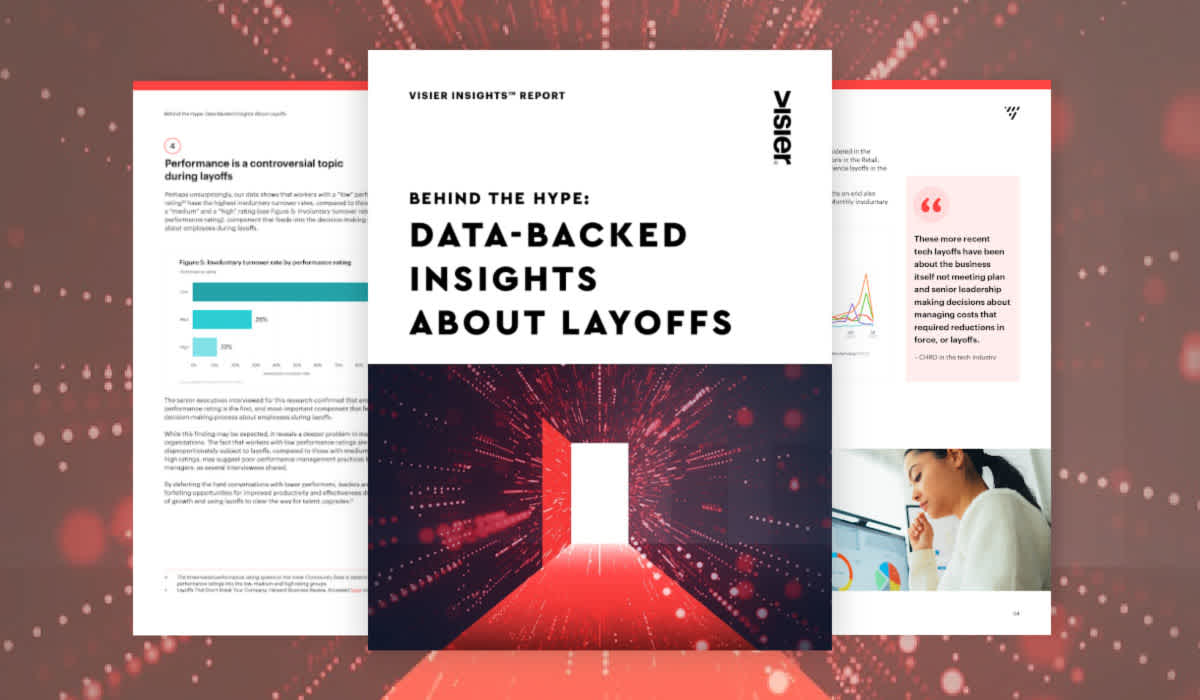What Is Reduction in Force (RIF)?
Reduction in force (RIF) is when companies reduce the number of employees through layoffs, furloughs, or terminations.

What is reduction in force?
Reduction in force (RIF) is when companies reduce the number of employees through layoffs, furloughs, or terminations. A reduction in force is typically a step companies take to reduce expenses specifically related to HR costs.
What are the drivers of reduction in force?
Employers turn to reduction in force when they are faced with a diminished demand for their products and services, or when expenses are outpacing revenue. This was immediately seen during the pandemic as many employers were forced to limit or halt operations entirely. With no, or extremely diminished business, many organizations chose to reduce staffing expenses.
Other drivers can include technology impacting the need for certain types of labor, shifts in business models, or relocations of business operations to new geographies.
How should organizations communicate reductions in force?
Reductions in force always disrupt and can negatively impact employee morale—even for those whose jobs are not impacted. It’s important for companies to communicate clearly and transparently and to explain to employees the reasons behind the decisions for reduction in force and how those decisions are being made.
During a reduction in force companies often provide outplacement services and career coaching for employees being let go.
What are some alternatives to reduction in force?
Employers have some options to avoid reductions in force. Some commonly used alternatives include:
Natural attrition: Reducing the workforce by not replacing employees who leave due to retirement or voluntary resignation.
Hiring freeze: Placing a freeze on non-essential hiring for a certain period of time.
Limiting overtime: Overtime can be a significant element of payroll—reducing or eliminating overtime can help to trim these costs.
Furloughs: Furloughs, commonly used during the pandemic, are a temporary leave of absence or reduced work schedule.
Employers obviously want to minimize or avoid the need for RIF. Data can help.
How can employers avoid reductions in force?
People analytics can help organizations gain a clearer picture of their staffing situation and offer insights into possibilities for tackling cost challenges. Analytics can model various cost scenarios to help companies make the best financial decisions while minimizing the potential negative impact on their workforces.
Read more on reduction in force:
Avoid a Reduction in Force: Here are 5 Alternatives
The Better Way to Handle Workforce Reduction
Right-Sizing the Workforce for a New Reality



